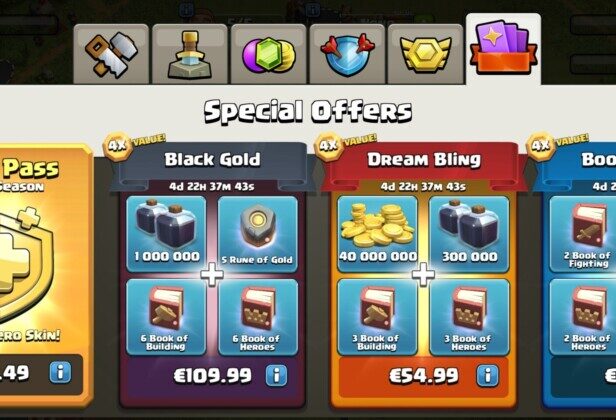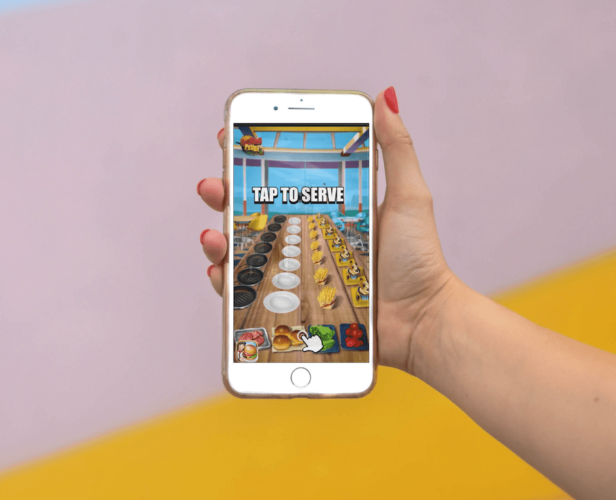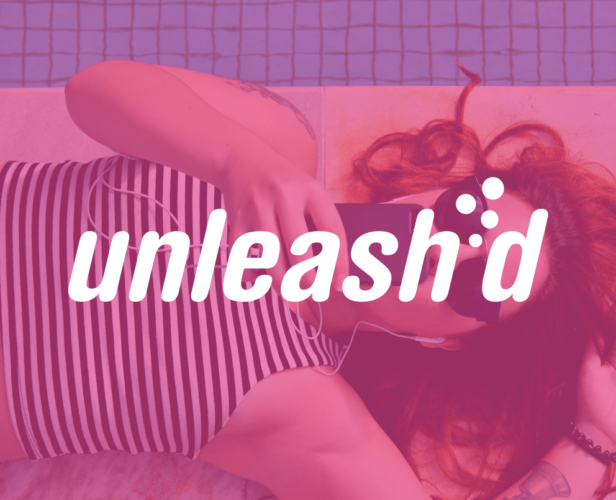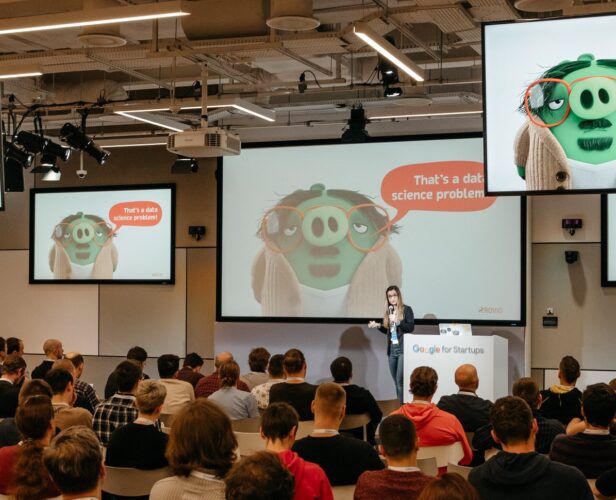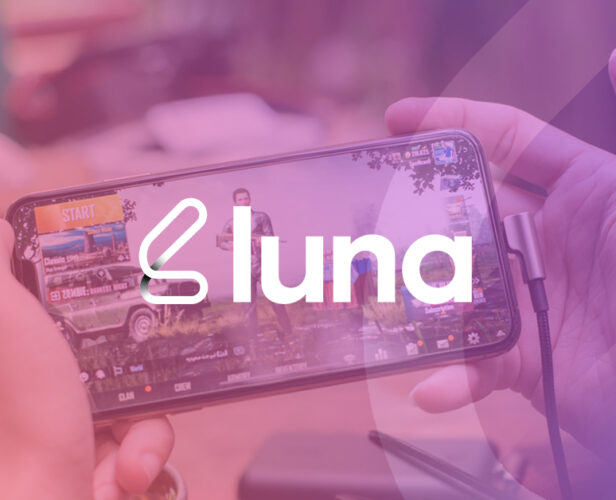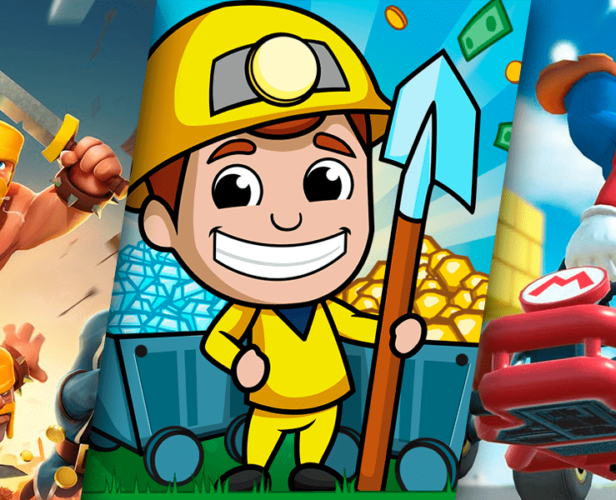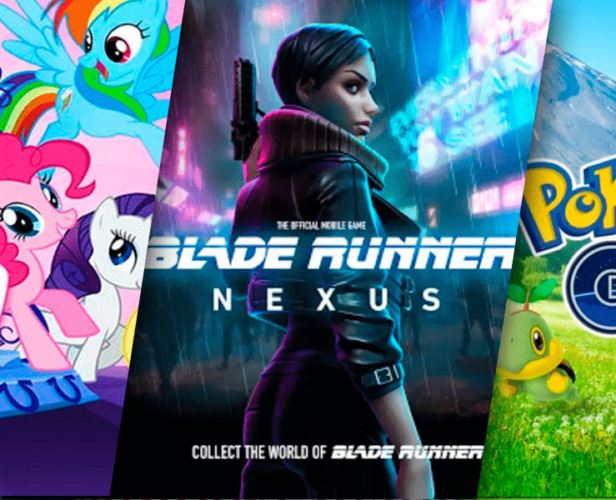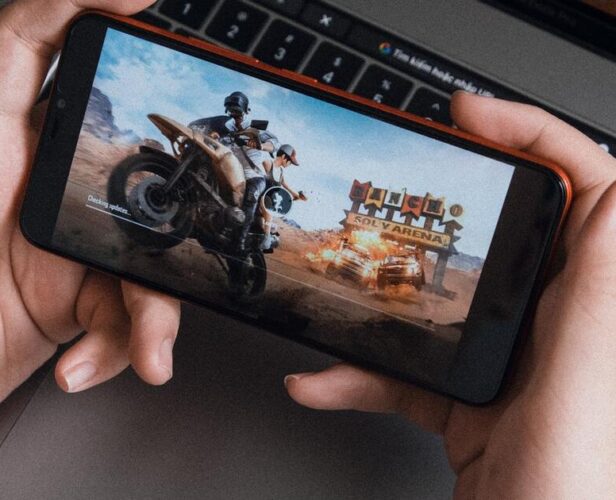Category
Ads & Monetization
#Ads & Monetization
Designing battle passes in mobile games: the whats, whys, and hows
Battle passes have been around for a while now, but only recently so in mobile games. With the rise of battle royale games like Fortnite and PUBG, this new strategy is now proving to be a reliable source of revenue for mobile game developers alike. So, what makes a good battle pass? And should you add this to your monetization strategy? To answer this, I look at the best of the best, and see how top developers use this tactic in their games. But first, what are battle passes? Let’s first talk about what battle passes are. To put it simply, players purchase a plan, and usually get extra rewards, items, skins, and more (which aren’t normally available in the free version of the game, or even on the item store). These passes usually last a limited amount of time...
#Ads & Monetization
Getting started with mobile ad mediation – a how-to guide
What’s ad mediation? And why should you care about it? To find out, we asked our friends at TopOn, a mediation platform for global monetization, to give us the lowdown. Here’s what they said… Nowadays, advertising monetization is one of the most popular profit models for mobile game and app developers. According to IDC the global mobile game, ad revenue in 2019 was nearly $20 billion. And it’s expected to reach $45.2 billion by 2023, which is an annual growth rate of about 26% (this is according to our Mobile Game Advertising and Monetization Report for H1 2020). But despite this, most developers are only scratching the surface when it comes to getting the most from mobile advertising. They’re still mainly relying on automatic functions to improve their in-game ad revenue, rather than trying out more advanced techniques (which can...
#Ads & Monetization
A Game Developers’ Guide to Playable Ads
Playable ads have become more and more popular in the last couple of years. According to eMarketer, 28% of ad agency professionals in the US think playable ads are the most effective format out there. So what makes a great playable? And what steps should you take when making your own? We look at that, and more, in this blog. But before we dig in, let’s go over the basics. Playable ads – the basics Playable ads are exactly what they sound like – adverts you can play. Similar to free demos, they let you try out an app or game before you commit to downloading it, rather than just watching a video or looking at an image. What makes a great playable ad Playable ads are generally only a minute or so long. And if you’ve done any research...
#Ads & Monetization
Improving F2P mobile games with subscription
Subscription as a revenue model is a relatively new concept to the consumer world, but definitely not unheard of. Amazon Prime, Netflix, Spotify, Tinder, Deliveroo and even Duolingo, there are many different services out there that adopted this in the last decade, and it’s just growing. But how about in gaming? More specifically, mobile gaming? How can you really implement a subscription service and increase your revenue, without disrupting your existing revenue streams? We answer just that. The New Era of Monetization When the first iPhone launched in 2007, ‘premium’ was the dominant business model for mobile games. And by 2009, everyone was publishing $1 games such as ‘Angry Birds’, ‘Doodle Jump’, and ‘Cut the Rope’… With any new piece of technology, things started to develop fairly fast, and soon Free-to-Play was introduced. By 2011, more than half of all...
#Ads & Monetization
Personalizing Offers for In-App Monetization – Lessons from Crazy Panda
At Crazy Panda we publish loads of different types of titles – like World Poker Club (the biggest poker game in the Commonwealth of Independent States), Stellar Age (a mid-core mobile MMO strategy game) and Household (a social networks-based farm game). These games might look pretty different, but they all have one thing in common – in-app purchases monetization, and personalized offers. In fact, at Crazy Panda, personalized offers are between 50% and 80% of our revenue, depending on the product. So we’ve spent a lot of time making sure we get these right. And we’d like to pass on a bit of what we’ve learned to you. We think you can use this for most, if not all, games with in-app monetization. Before we begin Let’s start by nailing down a few technical terms which you may or may...
#Ads & Monetization
Customizing Rewarded Ads using Machine Learning – Lessons from Rovio
A couple of months ago, we had the pleasure of attending Google’s GameCamp, which was filled to the brim with gamedev content delivered from the best and brightest in mobile gaming. While there, Elif Büyükcan, the Business Intelligence Director at Rovio Entertainment, shared with us how they’ve been using rewarded ads in their games. We’re here to report on their story, and what you can learn from them. Elif’s main message was this: “Getting your monetization model right is incredibly important. It takes a lot of time, thought and testing. You need to be constantly measuring, learning and adapting. This makes machine learning (ML) and artificial intelligence (AI) your best friends.” And today, we’ll go through everything we learned from their talk (specifically about machine learning), including: The process Rovio use to hone their monetization models, a case study of...
#Ads & Monetization
Why Hypercasual Can’t Sustain the Growth of Playables: Part Two
Editor’s Note: This article was originally published by Adam Stevens, Chief Product Officer at Luna Labs. You can read the original version of the second of this two-part series here. TL;DR Over the past two years, hypercasual studios found their way to make playable ads drive significant results. In doing so, they propelled this format to the main stage. However, the methods they found to be successful for this format cannot simply be “replicated” in other game genres — these studios must now find their own paths for success. And as playable ads evolve, studios need to also overcome some additional challenges, for the format to continue its growth and significance in the ecosystem. Creatives didn’t suddenly become important — for many years, the quality of the creatives you produce as well as your ability to analyse results and improve...
#Ads & Monetization
Why Hypercasual Can’t Sustain the Growth of Playables: Part One
Editor’s Note: This article was originally published by Adam Stevens, Chief Product Officer at Luna Labs. You can read the original version here. In 2019, playable ads rose to the forefront of mobile advertising as a top-performing creative format.* Today, nearly every mobile gaming studio is looking to un-tap the creative potential they can bring. At Luna, I experience this in every conversation we have with our partners, and the results we see. Playable ads have become an integral part of any attempt to scale a game with a healthy margin. Finding shareable data on the extent to which playables have contributed to the success of today’s top games is difficult. Studios tend to keep such information close to their chest. However, I can say with certainty that when you find the right game and the right playable ad flow,...
#Ads & Monetization
Battle Passes: The Latest Hot Trend in Mobile Gaming
Editor’s Note: This is an extended version of an article on the same topic that we published int Pocketgamer.biz, and was originally written by Erno Kiiski, Chief Game Analysts at GameRefinery – US. In his job, he’s played and analyzed hundreds of titles on a feature level, giving him a strong sense of the current western mobile game market. So, without further ado, we’ll let him take the lead. A bit over a year ago, GameRefinery wrote a post about Battle Pass systems. Back then, this monetization mechanic was still brand-new with Fortnite, the first mobile title to popularize it among players. Even though other genres slowly started adopting the Battle Pass as well, it was mostly left to Battle Royale games. Now the mobile gaming market looks quite different, and you could argue that Battle Pass is here to stay –...
#Ads & Monetization
3 Things You Need To Know When Using Licensed IPs In Mobile Games
Editor’s Note: this post was originally published by Joel Julkunen, Head of Game Analysis at GameRefinery. In his role, he leads GameRefinery’s analytics department and has a major role in developing algorithms and statistical models used in the company. Third-party brands and IPs have solidified their place in the mobile games industry, often providing (or at least promising) that crucial extra boost for your title. In the US, a whopping 30% of top 100 grossing games are currently based on a 3rd party IP, and when zooming out to the top 200, the figure holds at almost 25%. In other words, IPs play a significant role in mobile game revenue generation and based on the variety of IP types utilized, there are license owners all across the board joining the party. US top 200 grossing IP utilization from the GameRefinery...
#Ads & Monetization
How Esports Can Help Your Mobile Game Make Money
This post was originally written by Brian Mahoney, Director of Game Design at Skillz. You can read it here. Picture this – your mobile game is doing well. You have really high player engagement, and your retention is looking strong. All in all, your game is bringing in a steady stream of money, so you’re happy. However, you start to see a drop in your acquisition strategy. And on top of that, you need to keep making iterations and changes to your game to avoid losing your most highly-engaged players (the ones who expect more and more content). So, what do you do? This scenario is all too familiar amongst some of the mid-to-larger sized gaming studios. One of the biggest challenges developers face today (which I’m sure all of you can agree with) is competing in a market where...
#Ads & Monetization
Could A Subscription Model Work For Your Mobile Game?
These days, subscriptions are everywhere. Music, films, TV, food delivery – you can even learn a new language with a subscription. Publishers have been predicting that Netflix-style subscription gaming will take off for a good few years now (this 2014 article shows that people were talking about it five years ago – a lifetime in the world of tech). But mobile gaming is actually pretty far behind in this area, as most developers are still making most of their money from ads or in-app purchases. Recent announcements from Apple and Google of new subscription-based gaming services (Apple Arcade and Google Stadia) could be about to change that though – Vodafone have also announced a partnership with game streaming platform Hatch to bring cloud-based mobile gaming to their 5G service. So in this post, we’re looking at the pros and cons...
#Ads & Monetization
Keeping Your Head: A Beginner’s Guide To Header Bidding In Mobile Games
Today we’re exploring the world of header bidding and ad monetization for mobile games. If that just made you say ‘huh?’, then this is the post for you. We’ll go through the basics, the advantages and disadvantages, and demystify the acronyms and jargon that surround it. So the next time someone starts talking about eCPM or RTB, you’ll know what’s fluff and what’s truly significant for your studio. Jargon buster It’s impossible to talk about ad mediation without using jargon and industry terms. So before we get started, take a look at this cheat sheet of words and phrases that you’re going to come across both in this post and elsewhere (it’s in alphabetical order). Ad mediation – the basics Before we get into the ins and outs of header bidding, let’s set the foundation by starting with how ad...
